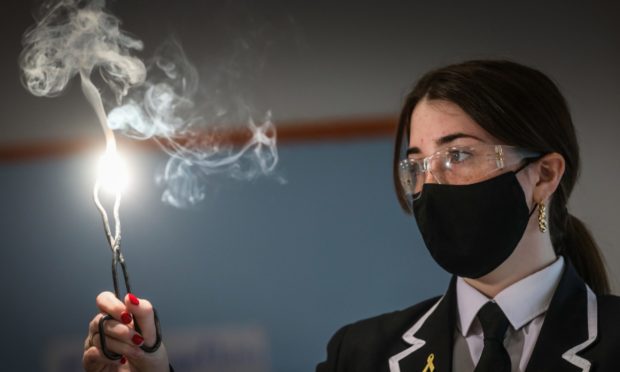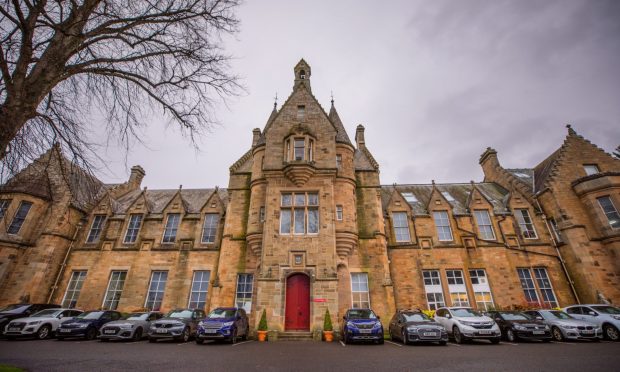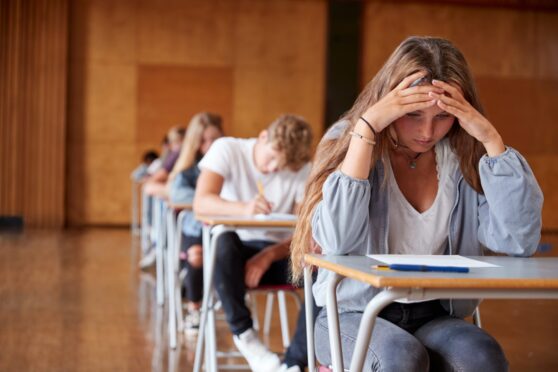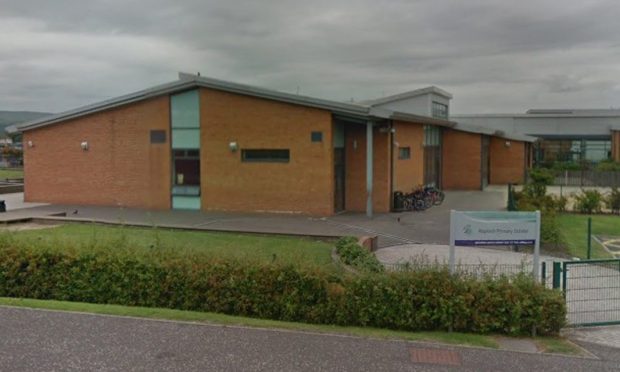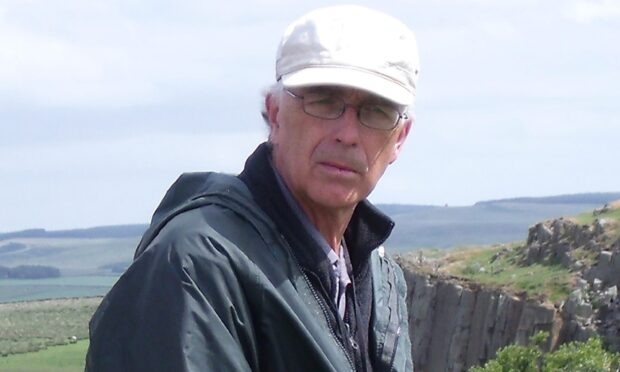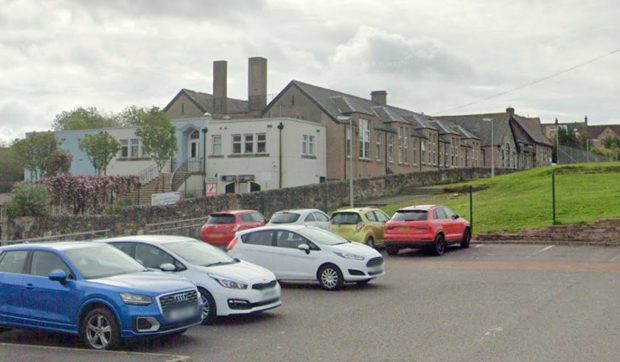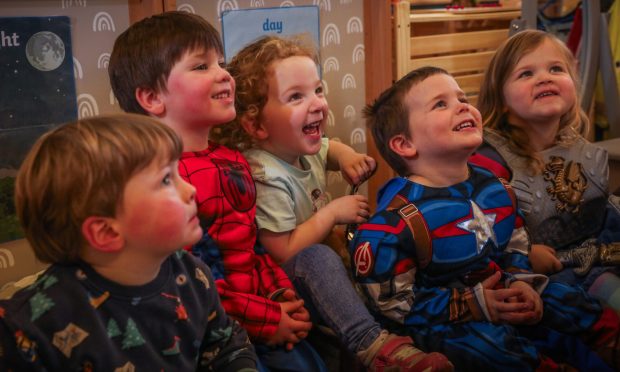Guidance has been issued for the return to school of some senior pupils, just over a week before they are due back in class.
Education Scotland has published advice for secondary schools on which pupils should be permitted in class for practical coursework and how they should be accommodated safely.
It includes a requirement for two-metre distancing between pupils and that they should use separate entrances and exits from pupils already in school due to key worker or vulnerable status.
Phased return
Part-time attendance of a few secondary pupils from February 22 was announced by the First Minister on February 2 as she outlined the first stage of a phased reopening of schools.
Nursery and P1 to P3 children will be back on the same day if the planned schools return – dependent on sufficient progress in tackling coronavirus – is confirmed on Tuesday.
However, publication of the advice on Friday afternoon gives some schools just three or four days to prepare, due to the mid-term break.
In Fife teachers are off on holiday next Thursday and Friday, with an in-service day on Wednesday. In Dundee and Angus they are off on Monday, with Tuesday an in-service day in Dundee.
What does the guidance say?
Limited numbers of S4 to S6 pupils will be allowed in school for practical work deemed critical to their qualifications which can only be done in school.
Schools should, the guidance says, set a clear purpose for learners coming in and make the most effective use of in-school time.
No more than 5% to 8% of the school roll should be in for this purpose – in addition to those pupils already in school.
Schools are advised to prioritise the subject areas which require pupils to be in school, and support remote delivery of practical work as much as possible.
Background and theory for a practical activity – such as science experiments – should before done remotely in advance.
Subjects which pupils could attend school for include:
- administration and IT;
- art and design;
- craft, design, engineering and graphics subjects;
- computing (where students do not have the software or hardware at home);
- drama;
- home economics (practical cookery and cake craft where resources are required);
- media (where creation of film requires specialist equipment);
- modern languages/ESOL (speaking);
- music and music technology;
- PE (some elements outdoor only);
- science.
The guidance states schools must:
- communicate with parents, carers and pupils in advance to reinforce strict Covid-19 mitigations and explain how distancing will work;
- make best use of their buildings, and space out learners to allow physical distancing and be clear on routines for meeting and greeting and exiting;
- minimise the flow of learners in and out of school;
- carefully manage lunchbreak and other social times in line with mitigations;
- arrange school transport taking account of part-time attendance.
The guidance says: “Schools and staff are best placed to determine the local arrangements that reflect the key principles and other advice set out in this guidance.
“They can also explain clearly to learners, parents and carers the rationale and detailed practical arrangements for learners across the relevant subjects and level.”
Schools are expected to be in touch with families of those pupils who will be permitted to attend.
